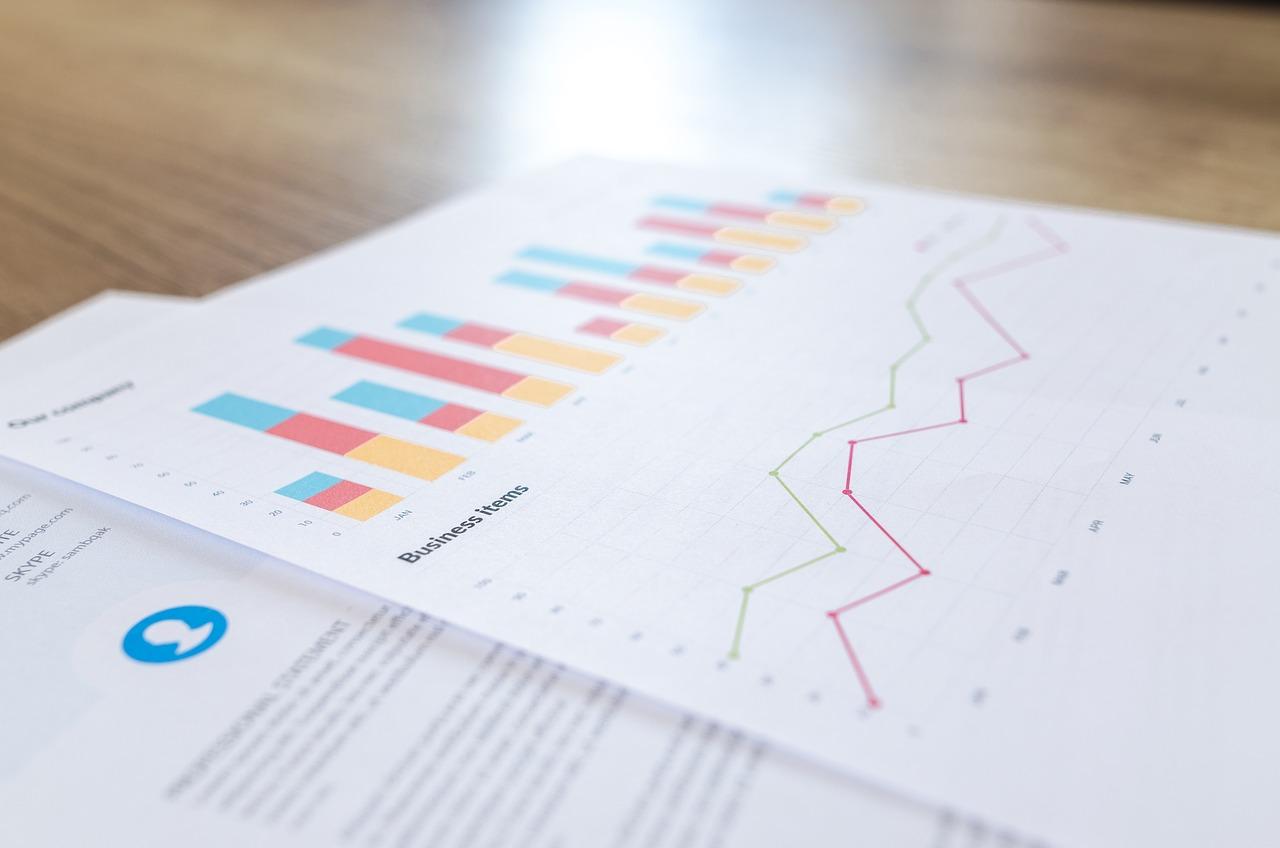Notifications

8 minutes, 13 seconds
-194 Views 0 Comments 0 Likes 0 Reviews

In the banking and financial sector, credit risk assessment is a crucial step in determining the creditworthiness of borrowers. A primary tool used by bankers in this process is balance sheet analysis. By carefully examining a company’s assets, liabilities, and equity, bankers gain insight into its financial stability, liquidity position, and repayment capacity. Balance sheet analysis for bankers is not just a routine financial check; it plays a pivotal role in mitigating risks and ensuring sound lending practices.
This article explores how bankers utilize balance sheet analysis in credit risk assessment, key financial ratios to consider, common red flags, and best practices for making informed lending decisions.
A balance sheet provides a snapshot of a company's financial position at a given point in time. It consists of three main components:
Assets – Resources owned by the company (e.g., cash, receivables, inventory, fixed assets).
Liabilities – Financial obligations or debts (e.g., loans, accounts payable, long-term debt).
Equity – The residual interest in the company’s assets after deducting liabilities (e.g., retained earnings, common stock).
For bankers, a balance sheet serves as a crucial document to assess the financial health and repayment capacity of borrowers. It helps determine whether a borrower has sufficient liquidity, low leverage, and strong asset quality to manage debt obligations.
To make an informed credit decision, bankers rely on various financial ratios derived from balance sheet components. These ratios help assess liquidity, leverage, and solvency risk.
Liquidity ratios help bankers determine a company’s ability to meet short-term obligations. These include:
Current Ratio = Current Assets / Current Liabilities
A ratio above 1 indicates good liquidity, but an excessively high ratio may suggest inefficient asset utilization.
Quick Ratio (Acid-Test Ratio) = (Current Assets - Inventory) / Current Liabilities
This ratio excludes inventory since it may not be easily converted into cash. A ratio above 1 is preferred.
Cash Ratio = Cash & Cash Equivalents / Current Liabilities
This ratio shows the company's ability to cover short-term liabilities solely with cash.
Leverage ratios help determine the level of financial risk by analyzing the proportion of debt in the company’s capital structure.
Debt-to-Equity Ratio = Total Debt / Shareholders’ Equity
A higher ratio suggests higher financial risk. Bankers prefer companies with a balanced mix of debt and equity.
Debt-to-Assets Ratio = Total Debt / Total Assets
This ratio indicates how much of the company’s assets are financed by debt.
Interest Coverage Ratio = Earnings Before Interest & Taxes (EBIT) / Interest Expense
This ratio assesses the company’s ability to pay interest on outstanding debt. A ratio below 1 signals financial distress.
Solvency ratios measure a company's long-term financial stability and ability to sustain operations.
Equity Ratio = Shareholders’ Equity / Total Assets
A higher equity ratio indicates lower financial risk and greater financial stability.
Debt Service Coverage Ratio (DSCR) = Net Operating Income / Total Debt Service
A ratio above 1 means the company generates sufficient income to cover its debt obligations.
These ratios evaluate how efficiently a company utilizes its assets to generate revenue.
Accounts Receivable Turnover = Net Credit Sales / Average Accounts Receivable
A low ratio may indicate poor credit policies or collection issues.
Inventory Turnover Ratio = Cost of Goods Sold / Average Inventory
A high ratio suggests efficient inventory management, while a low ratio may indicate overstocking.
While analyzing a borrower’s balance sheet, bankers must be aware of warning signs that indicate potential financial distress or fraud:
Declining Liquidity Ratios – A continuous decline in liquidity ratios signals that the company may struggle to meet short-term obligations.
High Leverage Ratios – Excessive debt levels increase financial risk and reduce the borrower’s ability to manage economic downturns.
Negative Working Capital – If current liabilities exceed current assets, the borrower may face liquidity issues.
Frequent Changes in Accounting Policies – Inconsistent accounting practices can indicate an attempt to manipulate financial statements.
Rapidly Increasing Accounts Receivable – If accounts receivable grow faster than sales, it may indicate collection problems or fraudulent revenue recognition.
Declining Profit Margins – A steady decline in profitability weakens the borrower’s ability to generate cash flow.
Significant Off-Balance Sheet Liabilities – Hidden liabilities, such as operating leases or contingent liabilities, may indicate higher financial risk than stated.
To ensure a comprehensive evaluation, bankers should follow these best practices:
Compare Financial Statements Over Multiple Periods – Trend analysis helps identify financial deterioration or improvement over time.
Benchmark Against Industry Standards – Comparing financial ratios with industry peers provides context on whether a company is financially healthy.
Conduct Sensitivity Analysis – Stress testing financials under different scenarios helps assess resilience to economic fluctuations.
Assess Management and Governance Quality – A company’s leadership and corporate governance play a vital role in financial stability.
Validate Financial Data with External Sources – Cross-checking with audited financial statements, tax filings, and credit reports enhances reliability.
Use Automation and AI in Balance Sheet Analysis – Advanced technologies help streamline financial analysis and detect anomalies.
Balance sheet analysis for bankers is an essential component of credit risk assessment. By evaluating key financial ratios, identifying red flags, and following best practices, bankers can make informed lending decisions that minimize credit risk. A well-structured balance sheet with strong liquidity, controlled leverage, and efficient asset management signals financial stability and enhances a borrower’s credibility.
As the financial industry embraces automation and AI, balance sheet analysis is becoming more data-driven and precise. However, human expertise remains indispensable in interpreting financial statements and making strategic credit decisions. By leveraging both technological advancements and fundamental financial analysis, bankers can enhance their ability to assess credit risk and ensure a robust lending portfolio.

